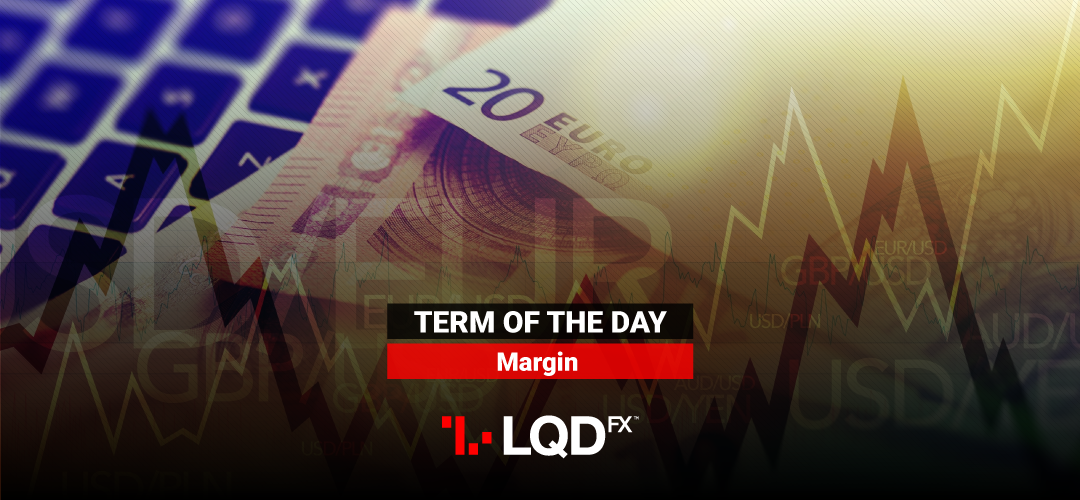Margin is the required capital that an investor must deposit to open a position. We can consider it as the minimum collateral or deposit.
When you carry out a forex transaction, you don’t buy all the currency and deposit it into your trading account. Margin allows you to take a ‘loan’, i.e. trade a larger amount of capital. This is why Forex trading is trading with borrowed capital. In simple words, you trade by taking a loan from your broker. The loan amount depends on the amount you initially deposited.
Initial margin is the initial deposit of collateral required to enter into a position as a guarantee on future performance.
Margin per trade: How do you calculate it?
An account leverage ratio is used to determine how much margin will be required.
For example, you want to buy 0.1 lots (10,000 units of the base or first-named currency) of EURUSD at the current offer price of 1.12000, and with a leverage ratio of 30:1.
If the base currency of the account is in EUR, then we calculate the initial margin as: (1.12000 * 10,000) / 30 = $373.33.
In this example, $373.33 is the amount required to open a 0.1 lot position in EURUSD.
START TRADINGMargin call – Used and Free Margin
If your equity falls below a specific level, then you may receive a margin call. Thus, this call is a notification you will receive when there are not enough funds in your trading account to support open trades. In effect, when your floating losses are greater than the minimum required.
If your broker does not receive any additional funds by a set time, then the broker may automatically close your open positions.
Used is the amount of money kept aside by your broker so that your current trading positions can be kept open. In that way you don’t end up with a negative balance.
Free is the amount of money in your trading account with which you can open new trading positions.
